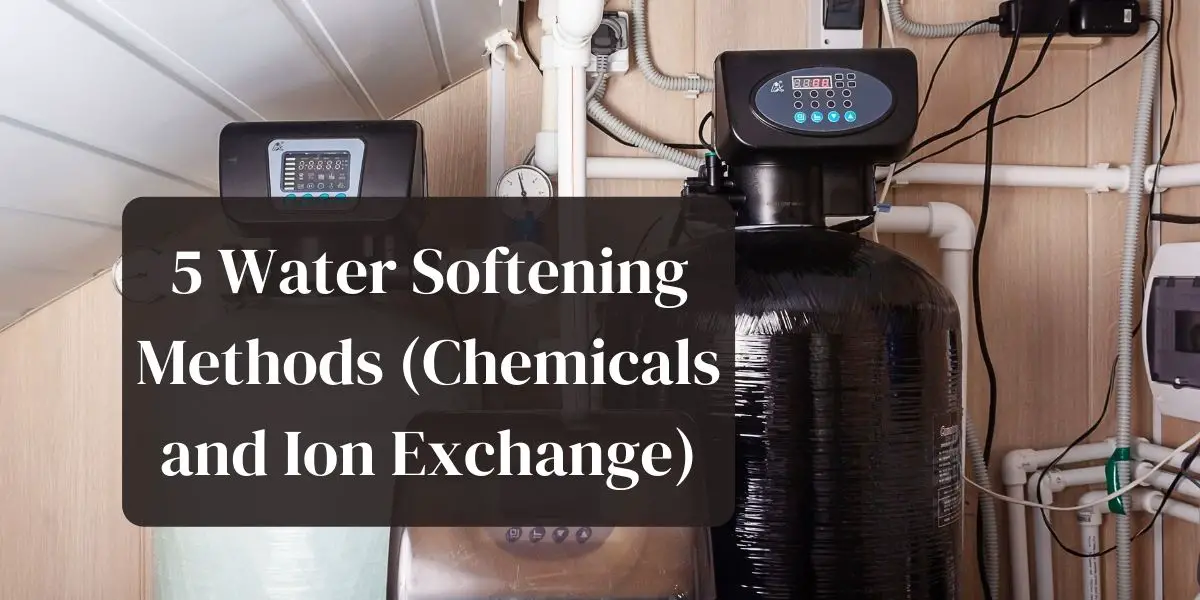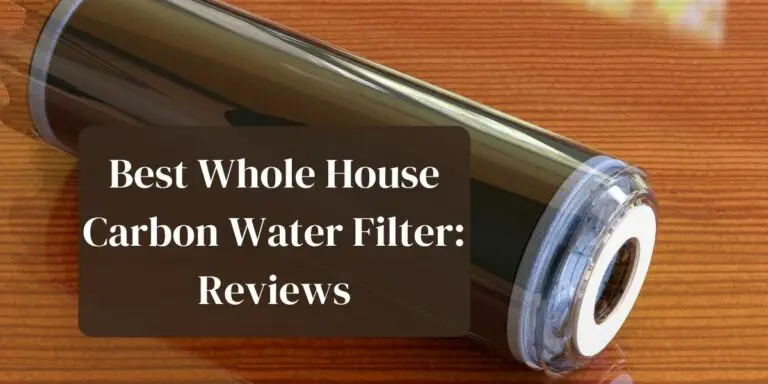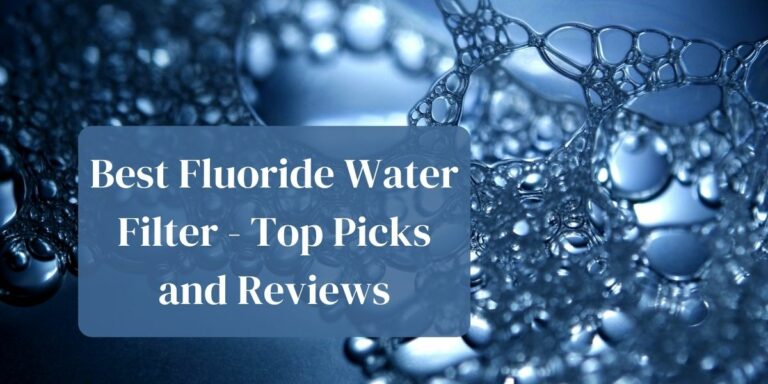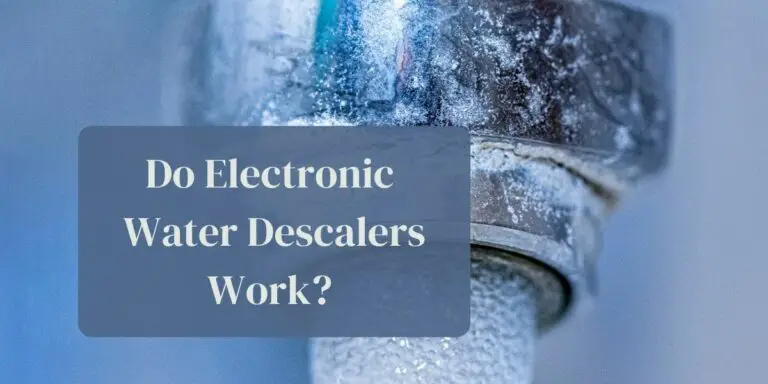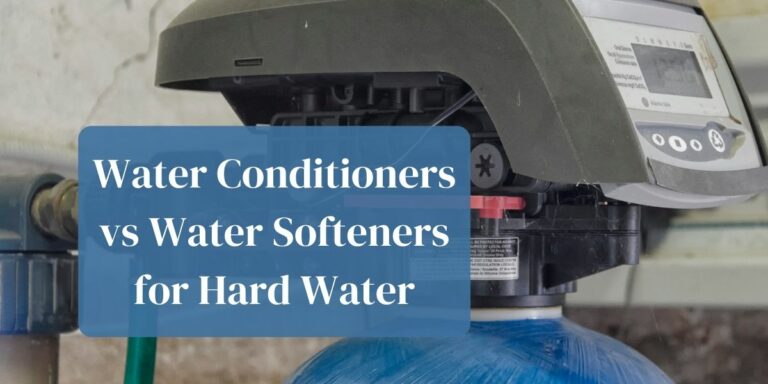When looking at how water softeners work, it is vital you also get an understanding of the various type of water softeners available on the market. Keep in mind, there is no one size fits all. You have to choose the one that will work best for your home and your personal situation.
1. Salt-based systems (ion exchange)
Salt-based water softener systems are the most popular systems on the market. For the most part, they are designed to meet all of the water needs in your home. A typical salt-based water softener system will use a principle known as ion exchange.
Ion exchange is a process in which the minerals that cause the water to be hard, usually this would be calcium and magnesium, are removed and replaced with other ions such as sodium and potassium.
Generally speaking, there are two tanks attached to this kind of water softener. The first tank is the mineral tank, which is responsible for storing resin. The second tank is the brine tank, and it is responsible for storing the salt. There is also a control system that can control everything.
In order for this system to work, you will need to connect the main water supply line to the control valve. The control valve should be located at the top of the resin tank. As soon as water enters the tank, it will be saturated with the resin beads.
Resin beads are able to attract mineral ions due to their negative electrical charge. Once the mineral ions have been attracted to the resin beads, they will adhere to the surface and sodium ions will be released.
When the water reaches the end of the beads, it will officially be soft water. It will then be pumped back into your home and ready to be used.
Over time, the resin beads will become fully saturated with mineral ions and will need to be recharged. Once they are recharged, they will be able to continue attracting mineral ions and exchanging them for sodium ions.
The good news is your water softener’s control system automatically controls the recharge cycle for you. Some systems will schedule it based on the amount of water that has passed through the system, while others will schedule it based on a certain number of days that have gone by. Either way, it’s not something you have to worry about manually doing.
Pros
With this type of water softener, you would be able to produce enough soft water for your entire household. Since the main water source is treated, every faucet in your home will have access to soft water.
As soon as you install this type of system, you will immediately be able to see the difference in the quality of your water.
Cons
The biggest disadvantage to using this type of system is the salty water. When the system catches the minerals, it also pushes salt into the main source of water. As a result, the water will taste a little salty. For some people, this is a problem.
Another disadvantage is the price. Even though they are some of the most popular systems available on the market, they are still quite pricey. You might just change your mind after seeing the price.
2. Potassium-based systems (ion exchange)
If having a high amount of salt in your water is a big concern, you may want to consider investing in a salt-free water softener system. Salt free systems use potassium instead of salt.
And though salt will be replaced with potassium chloride, the process of removing minerals is the same. The minerals that cause hard water will attach to pellet beads and the beads will release potassium instead of salt.
Potassium chloride is an important mineral that occurs naturally in nature. It plays a considerable role in the various functions of the body. Without it your muscles, organs, and nerves will not function properly. However, being that potassium chloride can be found in a variety of different foods including fruits, vegetables and meat, people rarely find themselves in a deficit.
Pros
Similar to the salt-based system, this system can also be used to soften the water for your entire home. This water is also considered healthy since it contains potassium chloride. If you are into health and fitness, this is the type of water you want to drink.
Cons
Potassium chloride is expensive. Using it instead of salt can end up costing you three times as much. In some cases, it will cost you even more than that. Another disadvantage, just like with the salt-based system, is taste.
Potassium chloride has a very distinct taste. For some people, the salty water is a much better option.
3. Magnetic systems
Chances are you have never heard of magnetic water softening systems. That’s because these systems are very controversial and have yet to be proven as an effective way to treat hard water. Even still, they are available on the market and something you should know about.
The goal of this type of water softener is to make lime molecules precipitate as round crystals. This will prevent the molecules from leaving deposits on surfaces.
Pros
With a magnetic system, lime stains will be a thing of the past. Being that the system will make the minerals in the water unable to deposit, lime stains would not be an issue you would have to worry about.
Cons
Magnetic systems are not whole house systems. That means you will need more than one to meet the water demands of your home. These systems are also very controversial. Keep in mind, they don’t actually remove hardness from the water.
4. Electronic systems
These systems are very similar to the magnetic systems in that they create an electromagnetic field around the water pipes. This electromagnetic field will change the shape of the minerals in the water and prevent them from sticking to the surfaces they touch.
Pros
Electronic systems are both inexpensive and small. So, not only will they save you money, but they will also help you save space.
Cons
This type of system does not completely remove lime scale buildup. It simply reduces it, which means it can be a problem later on down the road.
5. Chelation systems
There is a good chance you have never heard of this type of system. And that’s because they aren’t all that popular. Even still, we thought it was important to include it in this guide.
Chelation systems bind mineral ions in the water using a chelation agent. This causes the minerals to be suspended in the water and unable to stick to any surfaces.
Please note, this type of system does not reduce the level of hardness in the water. It does, however, protect your faucets and appliances from free deposits. Just know scale deposits will form if water sits for too long.
Pros
With a chelation water softening system, you don’t have to worry about scale forming on surfaces. This means all of your appliances will look and work better. They will also require less maintenance. Another advantage to using this type of system is price. Chelation systems are very affordable and great for those who are on a serious budget.
Cons
While this system prevents scale from forming on surfaces, it does not prevent scale from building up in areas where water just sits. This type of system can also be dangerous to your health because it uses chelation agents. When not stored properly, some chelation agents can lead to health issues.

